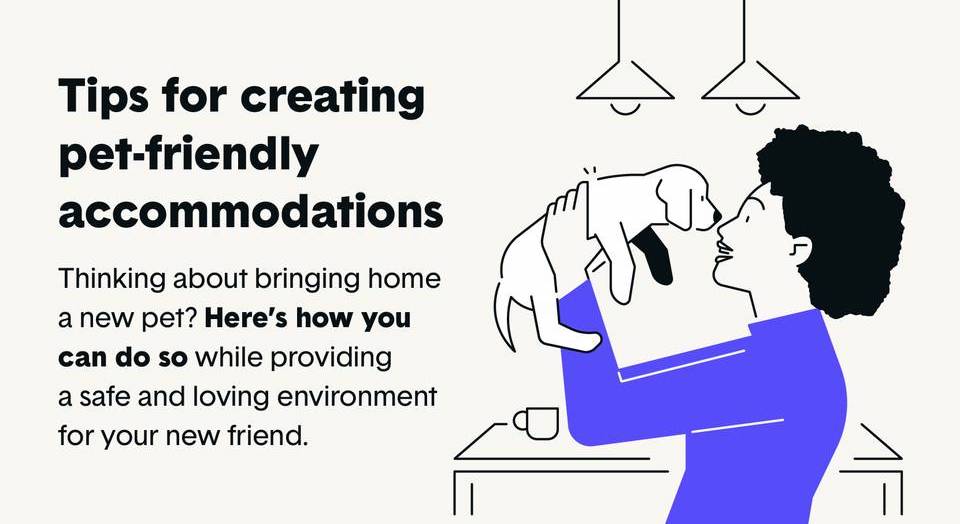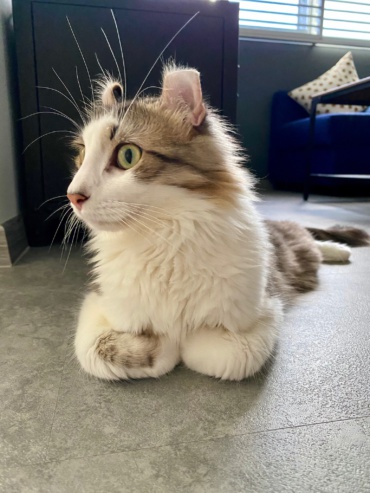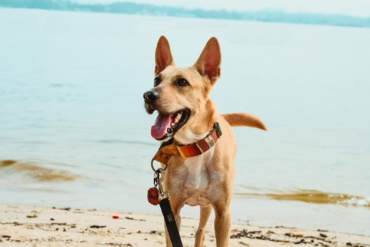This article was written by Pia De Los Reyes from Siege Media
Our pets hold a special place in our hearts, and if home is where the heart is, your living space should be the best possible place for your pet to live a happy and healthy life. Whether you live in a small apartment with your pet or are lucky enough to live in a spacious home with many animals, turning your space into a pet-friendly environment is easy with these simple steps.
1. Cover heated surfaces
When cold weather arrives for the autumn and winter, the use of radiators and heaters becomes more frequent in our households. Although it’s important to make sure your pet stays warm when the temperatures drop, they can also get burned on the hot surface of a radiator. Make sure to cover these surfaces with a heat resistant guard so that you and your family don’t accidentally brush up against it and get hurt.
2. Carve out their own space
Much like human beings, pets appreciate their own personal space. Set aside a quiet spot or corner in your house or apartment where your pet can relax. Place their bed or crate there and make sure it’s away from high traffic areas in case they want to rest in peace. If your animal stays in a cage, try adding in fun elements to their space like greenery to make it feel like home.
3. Put away breakable decor
Pets and breakables do not mix well. To keep your pet safe and save your prized possessions from shattering into many pieces, it’s wise to put away any breakable decorations behind closed doors. This can mean displaying items in a glass cupboard or just restricting your pet from areas like the dining room where there might be fragile items like fine China.
4. Protect your furniture
If you let your pets roam free over your home, chances are you’ll want to consider protecting your furniture. Young animals like cats and dogs may have accidents while being litter-trained or house-broken, and you’ll want to make sure that you spray a natural deterrent to keep your pet from ruining your favorite couch. Additionally, pets might scratch up your furniture too, so try protective wraps or slip covers to preserve your furniture.
5. Hide hazardous materials
An important part of a pet-friendly home is one that is safe for your pet. You may have cleaners or detergents in your home that are toxic to an animal when ingested, so make sure to keep those products out of your pet’s reach. You don’t want your pet to get poisoned just because you left the bathroom cleaner out, so it’s also worthwhile considering switching to more natural cleaning methods.
We hope you use these tips to create a pet-friendly home environment that allows your pet to live their life to the fullest. Your pet might not be able to say thank you, but they will surely appreciate the care and thought you put into turning your home into a safe and loving place for them to be. For more tips on making pet-friendly accommodations, check out the infographic from The Zebra below.





